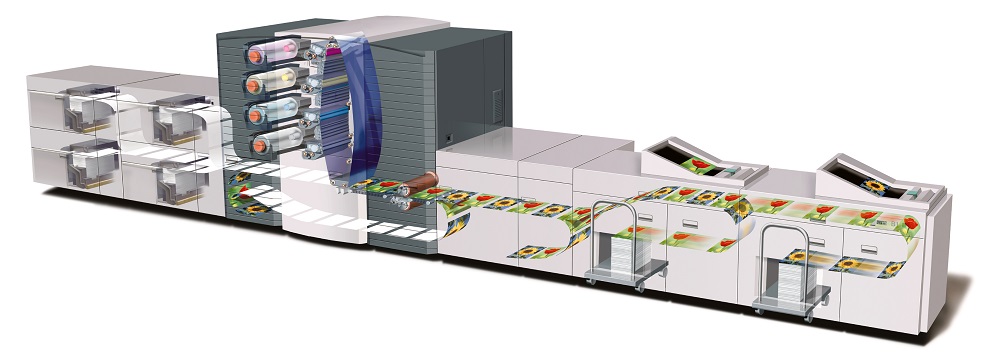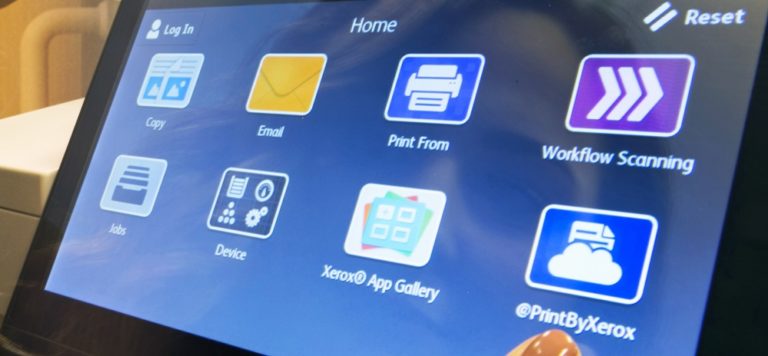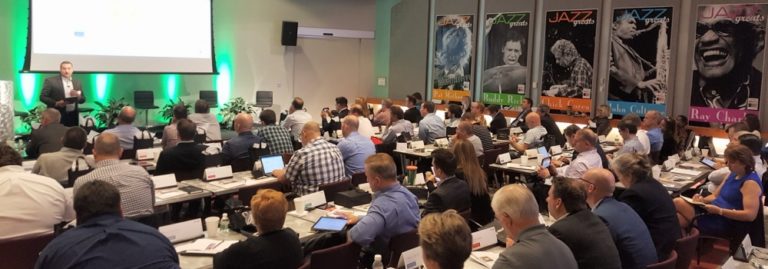By Gregory Pings
“In a world of Siri, Alexa, and Tesla, the stubborn persistence of paper jams would seem to say something important about the limits of our technological marvels.”
That’s Anna Maria Tremonti, host of The Current, a network broadcast from CBC/Radio-Canada. The aptly named episode, “You’re not alone: Engineers explain why paper jams are such an impossible puzzle to solve,” is everything you wanted to know about paper jams but were afraid to ask.

“Paper jams are very hard to solve because of the variations of the actual paper,” Erwin Ruiz pointed out. He manages the design and development solutions team for Xerox in Webster, N.Y. “[Paper] itself is organic and manufactured, and it’s just so much variation coming from different trees.”
“Basically anything where the biological and the mechanical are forced to work together, eventually, biology wins,” said Joshua Rothman, who wrote “Why Paper Jams Persist” for The New Yorker. “The malleability of the biological material gums up the works of the mechanical system.”
Joshua interviewed Xerox engineers in Webster, and sat in on their meetings while researching his New Yorker article. He shared his insights on paper jams with Anna Maria on The Current.
“Of course we’ve all been there with the frustration of experiencing a paper jam, right? But the truth is, that actually is a big part of what excites me about my job,” Vicki Warner, who manages a Xerox mechanical product development design team in Webster, explained. “I love the opportunity to make someone’s life a little easier. New paper jams are particularly exciting, especially to us engineers. We love the challenge of a difficult problem. Every piece of paper is a little bit different. We try to get this paper through a press without jamming. I don’t think it’s possible — again, due to the variety of the paper. It comes from trees which come from all over the world.”
Learn more about innovation at Xerox
Learn more about innovation at Xerox on Xerox.com and PARC.com, as well as these Xerox Connect pages: Innovation, PARC, Xerox Research Centre Canada
Rothman sums it up well: “One big surprise, when you start to really learn about how much work goes into building a printer, is you discover that you really take for granted decades of incredible engineering work. I think the simplest way to understand it is printers go ten times faster now than they did even 15 years ago. And they’re smaller and quieter, and they’re incredibly inexpensive — and they still jam.
“But everything’s a trade off in engineering,” he added. “So the jam is a problem, but it’s within the context of extraordinary advancements in the world of printers – which of course, as soon as we get used to them, we forget that they’ve happened.”




[…] For original article and to listen to it Xerox Connect blog […]